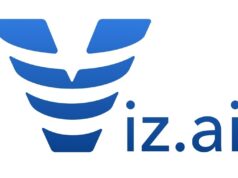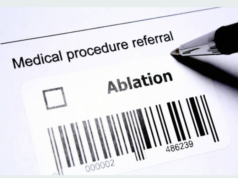
Jeffrey L Turner, Brian Zenger and Benjamin Steinberg (all University of Utah School of Medicine, Salt Lake City), write that social media has become a hub of activity for clinical electrophysiologists (EPs) to exchange clinical and scientific material, the relationship between user clinical activity and social media impact is not well described. Here they outline findings of research seeking to assess the relationship between social media influence and clinical activity among US EPs on Twitter
Social media has altered the way information is shared and people communicate. Twitter, in particular, has become a ripe platform for EPs and Presidents alike. The hashtag #EPeeps has helped connect EPs from around the world to promote discussion and propagate cardiac rhythm related research in near real time. It is obvious with such a voluntary, open access platform that some physicians would embrace this technology more than others.
Some users stand out in terms of their high volume of activity and following, often labelled a social media “Influencer”. As defined by Pixlee.com “a user on social media who has established credibility in a specific industry. A social media influencer has access to a large audience and can persuade others by virtue of their authenticity and reach.” These are the one-percenters of social media.
The difference between social media and more traditional mechanisms to reach large audiences is a lack of any formal assessment of one’s credentials. In the scientific community the “Kardashian Index” measuring the relationship (or lack thereof) between a scientist’s social media profile and publication record, shows in some ways persuasion has nothing to do with a providers scientific contributions but rather a perceived authority and credibility.
No true anonymity
We sought to determine the spectrum of activity of EPs on Twitter and evaluate the relationship between social media activity and clinical activity rather than publication history, possibly a better marker of expertise in our procedural heavy specialty. By sampling US EPs with identifiable national provider identification numbers (NPI) we were able to match these to the most recently available CMS provider utilisation volume (EP studies, ablations, device implants, clinical encounters), by NPI and CPT codes including E&M codes and then match these to individuals registered on the Twitter platform.
Volume as a marker of clinical activity
As you might expect there was large variability in overall procedural volume and social media activity. There is obviously some bias in that all physicians identified in our study had to be registered on Twitter skewing the data towards those that would adopt the platform in the first place. One of the more interesting findings was the three physicians with the greatest number of Twitter status updates accounted for about one third of all updates yet had 0 combined CMS procedures during the sample period. It is important to note, however, that some of these physicians are no longer in practice—they are in administration, industry, or other activities. Nevertheless, much of the Twitter content is clinically-related, and thus we felt it appropriate to include such users. It should be recognised that procedural volume is not the lone marker of clinical activity and many of these EPs with lower procedural volume may have very high levels of clinical volume in other disciplines we did not measure. Also of note, these data are separate from research productivity as well the content of the updates was not evaluated and may be irrelevant to the metrics we measured.
What’s the use?
The purpose of this study was to be thought provoking as we progress into a future where influence may be difficult to judge. As with published, peer-reviewed research, caution is advised when interpreting and translating social media content into clinical practice.












